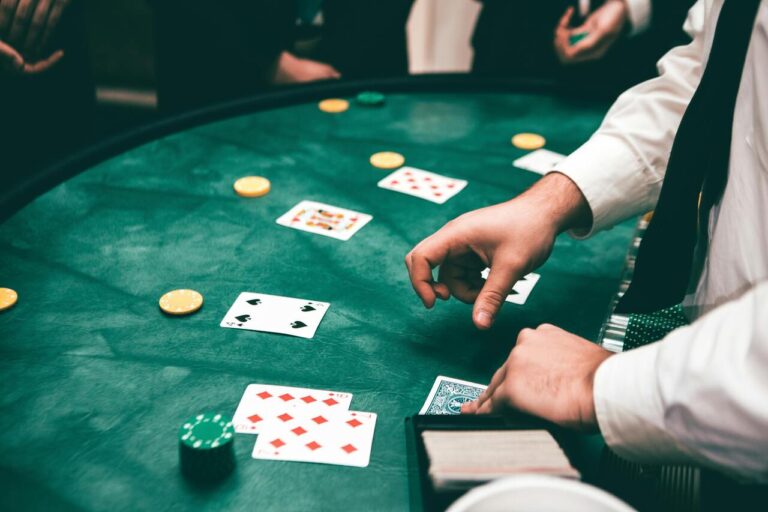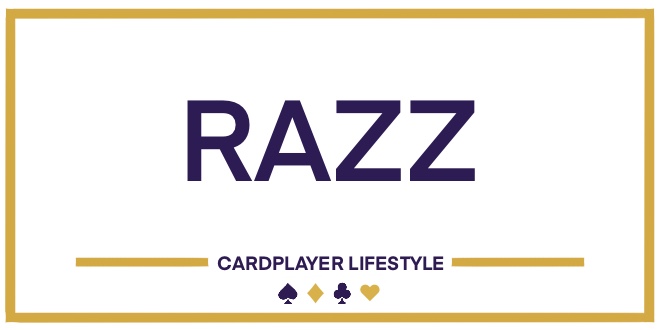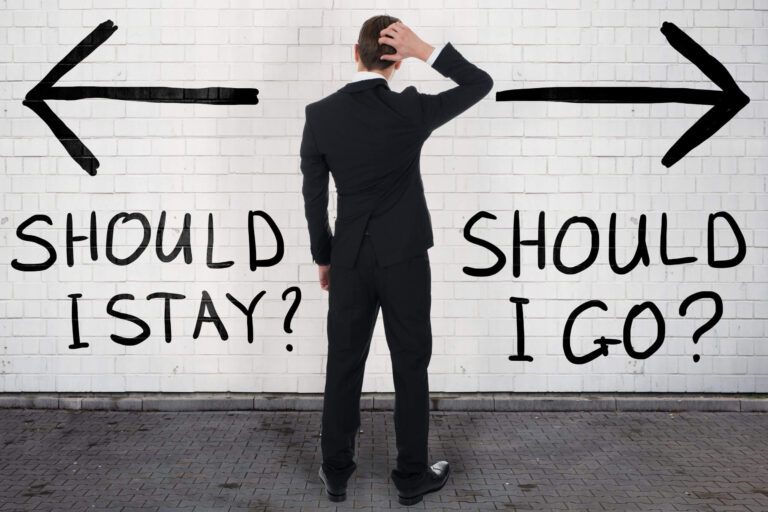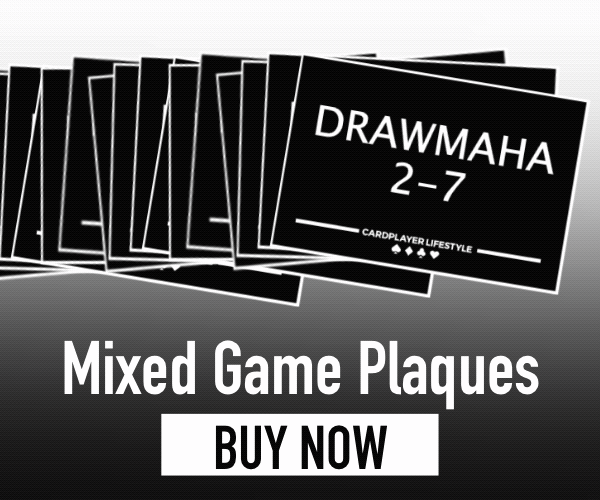Renowned player, coach and author James Sweeney published his latest book, “The Exploitative Edge“, in September of this year. We contacted him to get more details about the book, and after the interview, you can read a brief review with our thoughts.

Interview with James Sweeney
How did the idea of writing this book come about?
The idea spiraled out of our GTO Poker Gems series. Too many players think that GTO is the most optimal way to play, and against humans – it is not. So a book diving into exploitative play went to the top of our project list.
What type of players is the book aimed at?
“The Exploitative Edge” is meant for players who know there is serious winrate potential beyond GTO, but aren’t 100% sure how to get there.
What are the disadvantages of focusing exclusively on GTO poker game study?
GTO is great for a baseline strategy, but if you use it as your only lens, you end up leaving money on the table. Real opponents make real mistakes. Ignoring those mistakes because “the solver wouldn’t do that” is a massive leak.
READ MORE: What the Hell is GTO?
What are the advantages of thinking exploitatively about poker and poker study?
You start seeing poker in terms of opportunities, not solver rules. Exploitative thinking trains you to adjust faster, punish their leaks harder, and essentially build your own edge instead of waiting for theory to carry you.
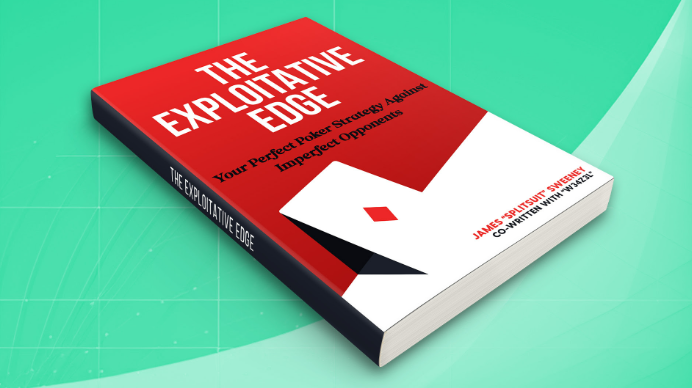
When it comes to profiling our opponents at the tables, what advice would you give for online and live play? What’s the best way to do it?
Online poker: tag relentlessly, track tendencies, and trust your database more than your gut.
Live poker: simplify. Watch hands that don’t involve you, look for repeat behaviors, and lock in on emotional patterns — fear, frustration, ego. Profiling doesn’t need to be complicated; it just needs to be intentional.
Your new book has a chapter on mindset. Do you think players should work more on their mental game? Any tips for improving it?
Absolutely. Your mindset dictates how much of your actual skill shows up at the table. A simple starting point: shorten your sessions, lower your emotional volatility, check in with yourself after every hand, and review spots after cooling off. Most players don’t need poker therapy — they just need structure and awareness of how close to mental collapse they are getting.
Regarding exploitative tactics, what adjustments should be made in tournaments compared to cash games?
The book exclusively uses cash game player pool data, but many of the ideas will translate well to the early stages of tournaments. For the mid-late stages, I highly recommend using the methodologies outlined in the book and exploring preflop and flop data.
What’s your opinion of solvers? Did they further complicate studying the game? Or are they just another tool that can help poker players?
They’re incredibly useful — as long as you understand what the output is actually telling you. Solvers can certainly help students, but the aim should not be to memorize and mirror them. You should aim to understand the baseline the output gives you, and then modify your actual strategy to the degree your opponent deviates from that baseline.
What reasons would you give our readers to read The Exploitative Edge?
If you want a clear, practical way to increase your winrate by attacking real player mistakes — not memorizing solvers — this book gives you that framework. It’s straight to the point with zero fluff, and it was created to help you find +EV plays immediately.
Anything else you’d like to share with your readers about your new poker book before we let you go?
Yes! All of my poker workbooks are 25% off with the code BF2025 for November. Beyond November, be sure to join my e-mail list to get the newest promotions 👍
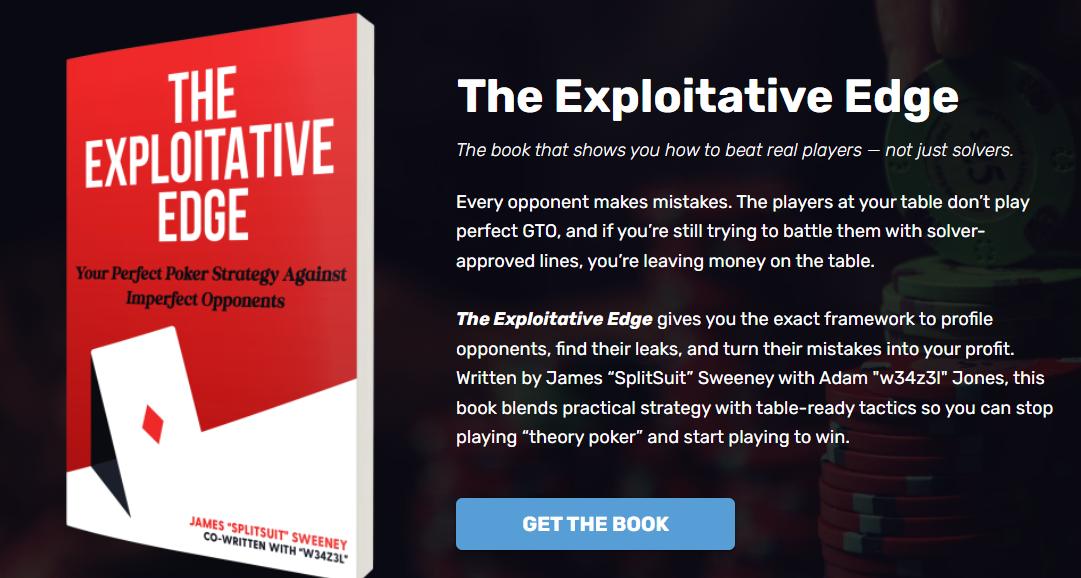
Poker Book Review: The Exploitative Edge
This latest book by James Sweeney has a similar structure to his previous works, “GTO Poker Gems” (2022) and “GTO Poker Gems 2” (2024), in that they are both short and the author presents the topics directly, without excessive and tedious mathematical explanations. This makes for a quick read, and readers will appreciate not having to perform complicated calculations or analyze a hand with a solver.
Many poker strategy books rely on GTO analysis of the game and use solvers to find the best long-term decisions. However, the problem is that these solvers assume all opponents are equal and use a perfect strategy based on GTO. This is far from reality when playing live or online cash games or tournaments. That’s why it’s so important to know how to use an exploitative strategy at the tables to take advantage of your opponents’ mistakes, tendencies, and weaknesses.
This book will give you the framework for building a strong exploitative game plan. It is divided into two main sections: strategy and tactics. In 13 chapters, Sweeney discusses player profiling, intuition, mindset, bluffing, aggression, bluff-catching, value sizings, folding frequencies and ranges, among other interesting topics.
In short, it’s an excellent poker book on a crucial topic for decision-making: exploitative play. Knowing how to capitalize on your opponents’ mistakes and tendencies will help you win more money at cash games and more chips in tournaments. It’s a short read where the author explains the concepts clearly and simply. Without a doubt, this is one of the best poker strategy books I’ve read this year.

Book Information: By The Numbers
- Title: “The Exploitative Edge”
- Author: James Sweeney
- Year of Publication: 2025
- Pages: 124
- Amazon Rating: 4,4 ⭐️ (out of 5)
- Prices: $19,99 Paperback / $9,99 Kindle
- Where to buy it? Red Chip Poker & Amazon
- You can read an excerpt of the book here


